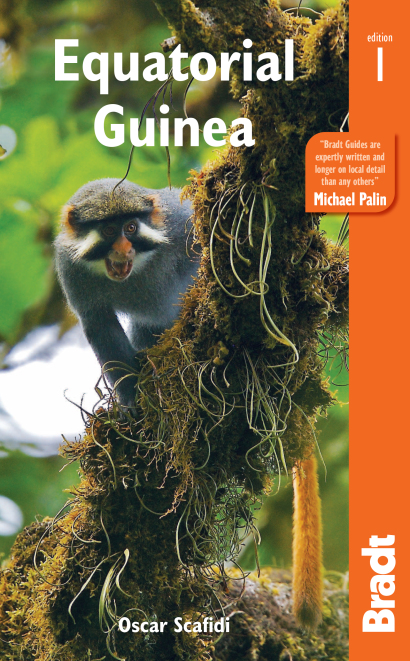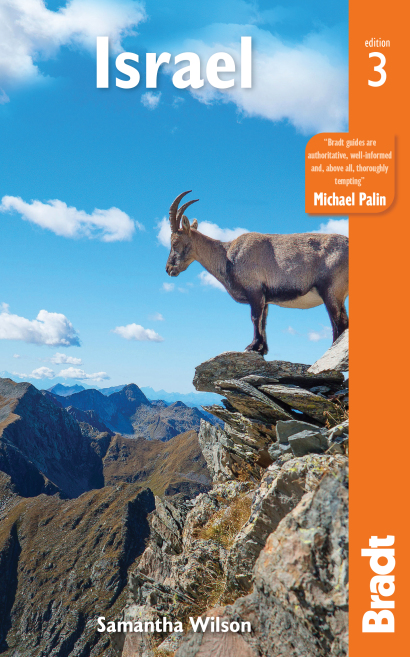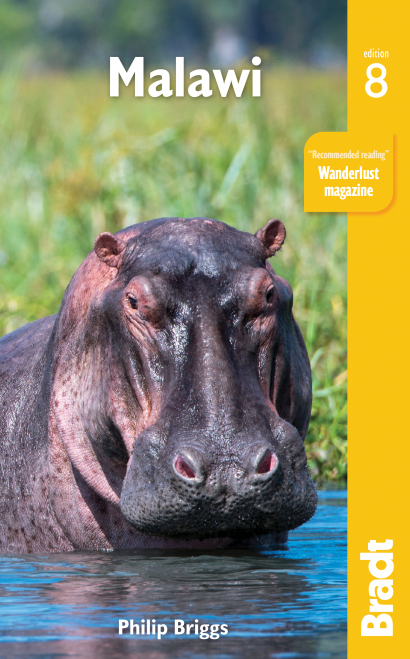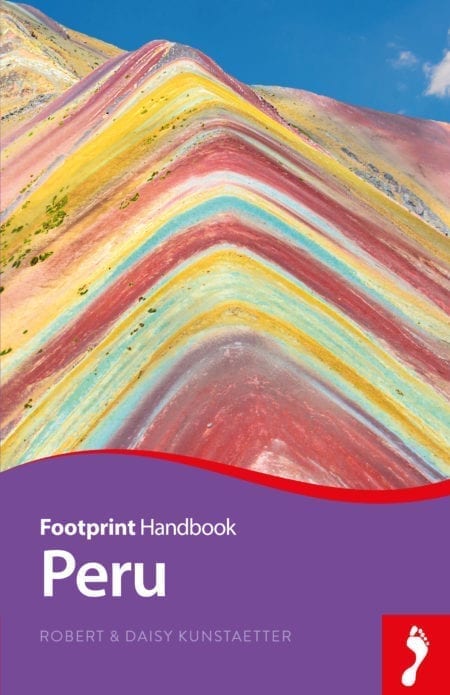With their imposing summits, jagged faces and cavernous craters, mountains are perhaps the most awe-inspiring natural wonders on earth.
From active volcanoes to holy sites, this selection promises the very height of epic adventure.
Mount Mulanje, Malawi
Mount Mulanje is a spectacular 650km² granite inselberg that rises in dramatic isolation above the Phalombe Plains southeast of Blantyre in Malawi.
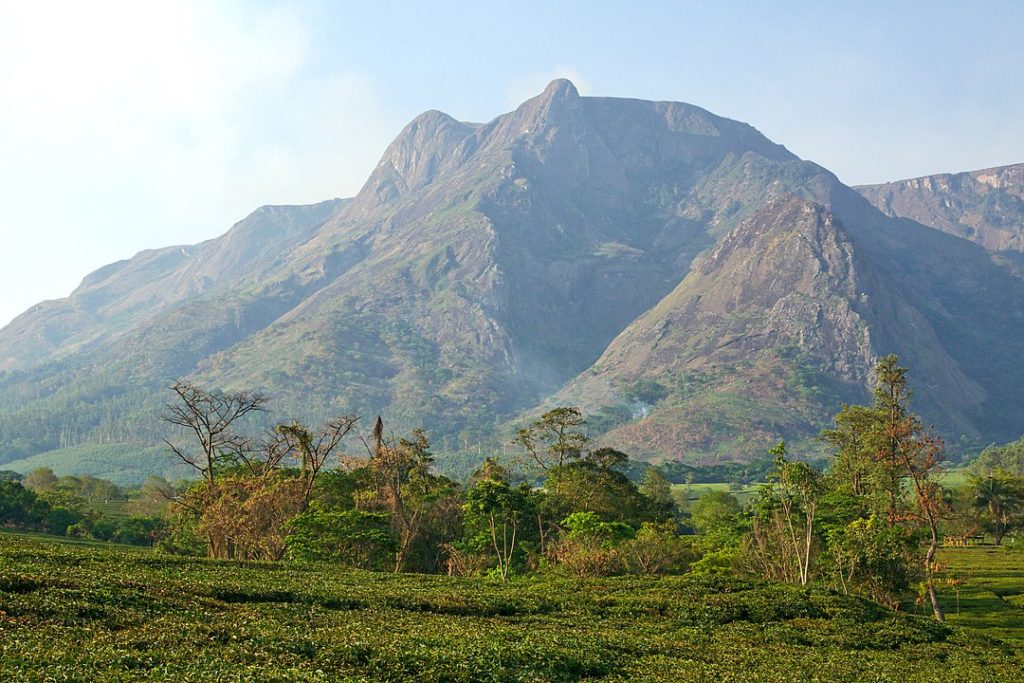
The massif consists of a plateau of rolling grassland set at an average elevation of 2,000m, several thickly wooded ravines, and 20 peaks of 2,500m or higher, including Sapitwa, the highest point in central Africa at 3,002m.
Mount Meru, Tanzania
Standing at 4,566m, Tanzania’s Mount Meru is an active stratovolcano whose upper slopes and peak lie within its boundaries.
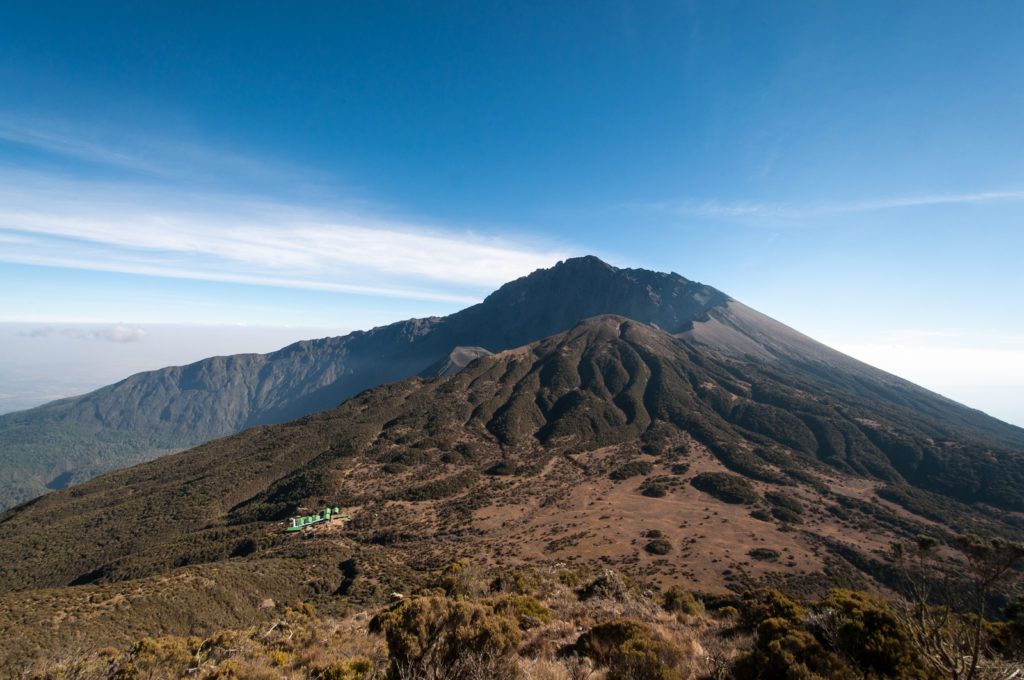
Often overlooked by tourists because it is ‘only’ the fifth-highest mountain in Africa, in reality, Meru has an abundance to offer. Less crowded than Kilimanjaro, considerably less expensive and – although steeper and almost as cold – less likely to engender the health problems associated with Kilimanjaro’s greater altitude, Meru is an unusual peak that should not be missed.
Mount Bintumani, Sierra Leone
The highest point in west Africa, Mount Bintumani isn’t known as the ‘king of the mountains’ for nothing.
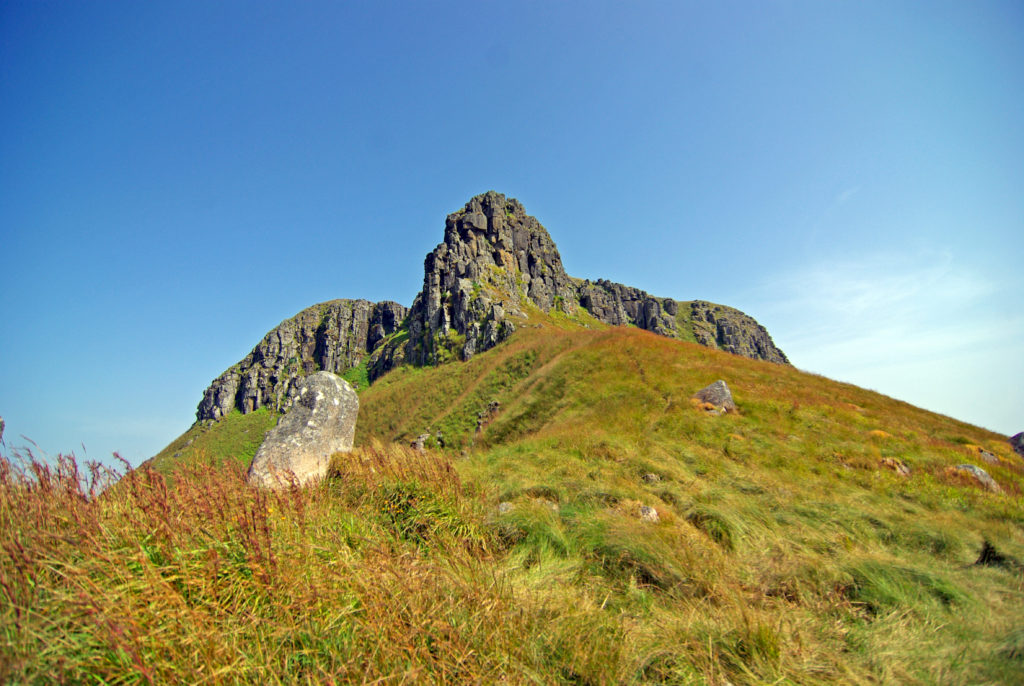
Finding yourself at the foot of its 1,948m peak, among the range of the Loma Mountains, takes some doing, and trying to manage an ascent in the rainy season approaches madness; not that people haven’t done it. Look out for Bintumani herself – the female spirit that is believed by locals to reside on the mountain!
Volcan Misti, Peru
Looming over Arequipa stands El Misti (5,822m), a picture-perfect cone that is considered one of the most potentially dangerous in Peru.
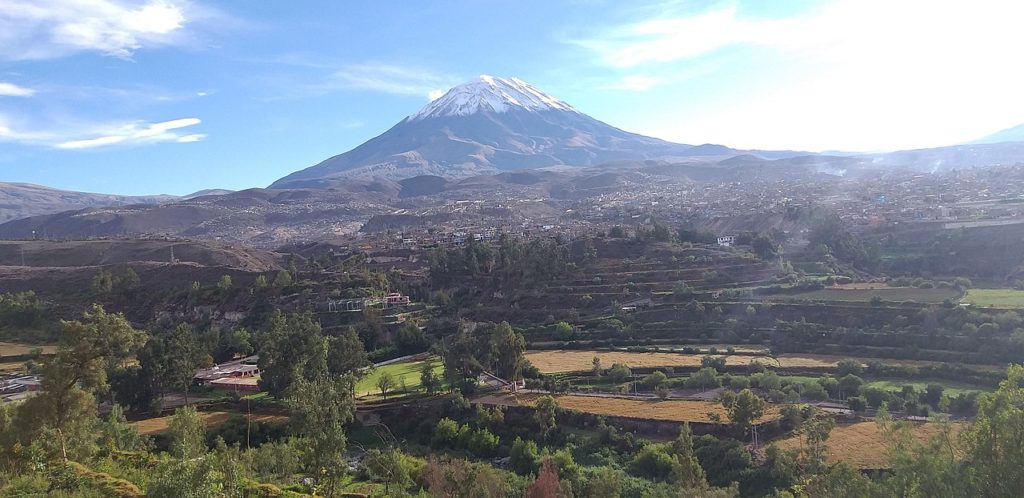
Although often overlooked by tourists in favour of the Andes, El-Misti is traditionally regarded as the city’s guardian by the locals of Arequipa. Arguably the area’s most attractive peak, its geometrically exact cone, as if drawn by a child imagining the ideal volcano, it is a staggering sight rising from the sierra.
Pico Basilé, Equatorial Guinea
Located on the island of Bioko, Pico Basilé is the tallest mountain in Equatorial Guinea. Standing at 3,011m, its volcanic summit promises amazing views of the island and the coasts of Cameroon (including Mount Cameroon) and Nigeria.
While you might not be able to access the very peak of the mountain (this area is reserved as a military site), the road towards the top is stunning in itself. Long, winding and full of impressive picture-taking spots, its trails are a feast for the senses.
Paektu Mountain, North Korea
Mount Paektu, which rises up to 2,750m above sea level, is an active stratovolcano and the highest peak in the Korean Peninsula.
Its distinctive cone is truncated by a large caldera partially filled with the waters of Lake Chon, formed during one of the volcanoes most devastating eruptions.
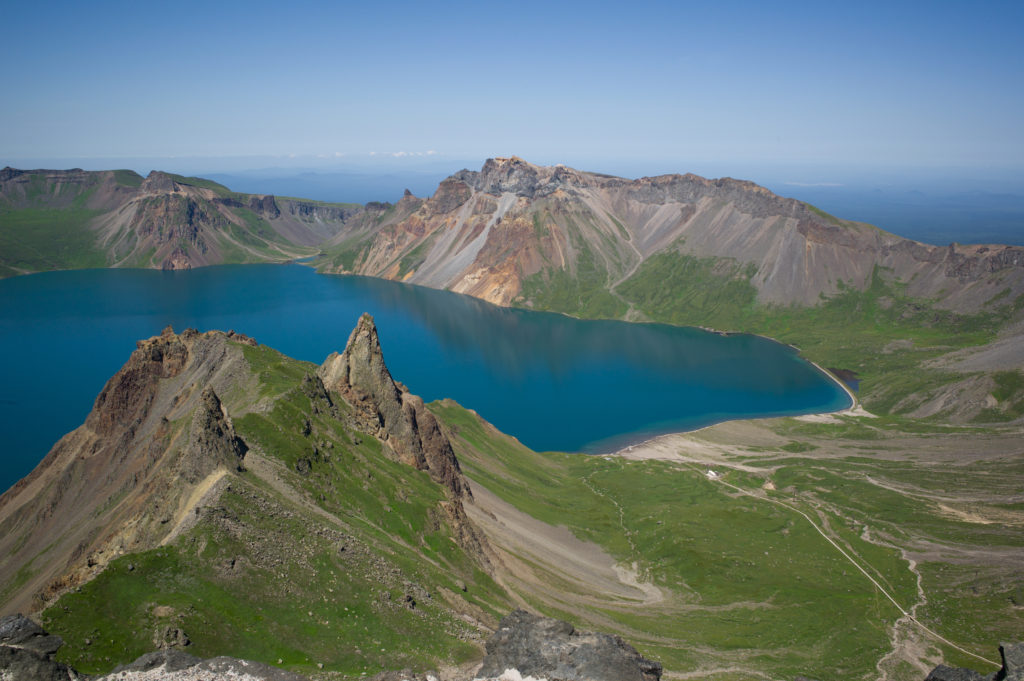
Geography aside, the mountain is considered a place of Korean ancestral origin and the birthplace of the legendary founder of the Ancient Joson Dynasty, Tangun Wanggeom, the grandson of heaven and son of a bear!
Jade Mountain, Taiwan
At 3,952m, Mount Jade is the highest peak in northeast Asia. Located within the vast Yushan National Park, the entire area is a largely unspoiled haven of Taiwanese wildlife and biodiversity.
For those hoping to climb it, the best option is to contact a specialist tour operator that can help organise permits, transport and equipment. While conditions are often tough, slowing down your descent promises far-reaching views and rewarding trails.
Adam’s Peak, Sri Lanka
A monumental granite prominence that rises in pyramidal isolation above the surrounding hills, Adam’s Peak is quantitatively only the fifth-highest summit in Sri Lanka, but few would question its status as the country’s most imposing natural feature.
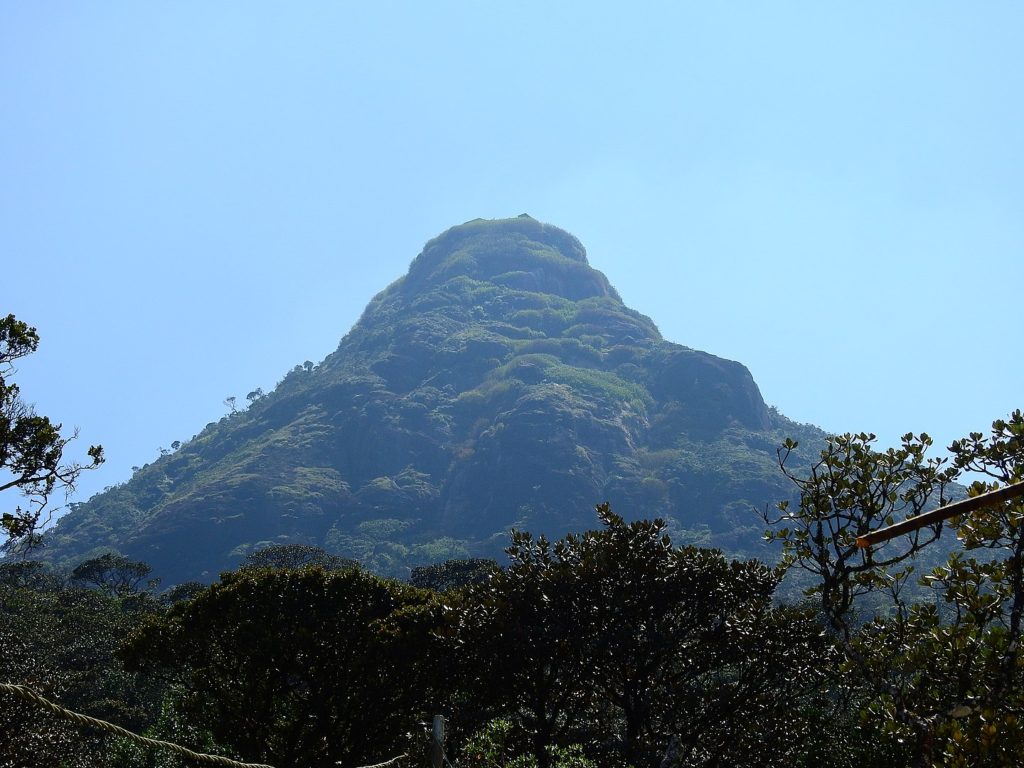
As suggested by its Sinhala name Sri Pada (Sacred Footprint), the 2,243m peak is also the island’s holiest summit, attracting hundreds of thousands of Buddhist pilgrims between the Unduvap (December) and Vesak (May) poyas, supplemented throughout the year by a relative trickle of fit and energetic tourists.
Triglav, Slovenia
At 2,864m, Mount Triglav is Slovenia’s highest peak. While not for the faint-hearted (its sinewy ridges and crooked trails are quite the challenge for inexperienced hikers), the reward for your considerable physical exertion is really something.
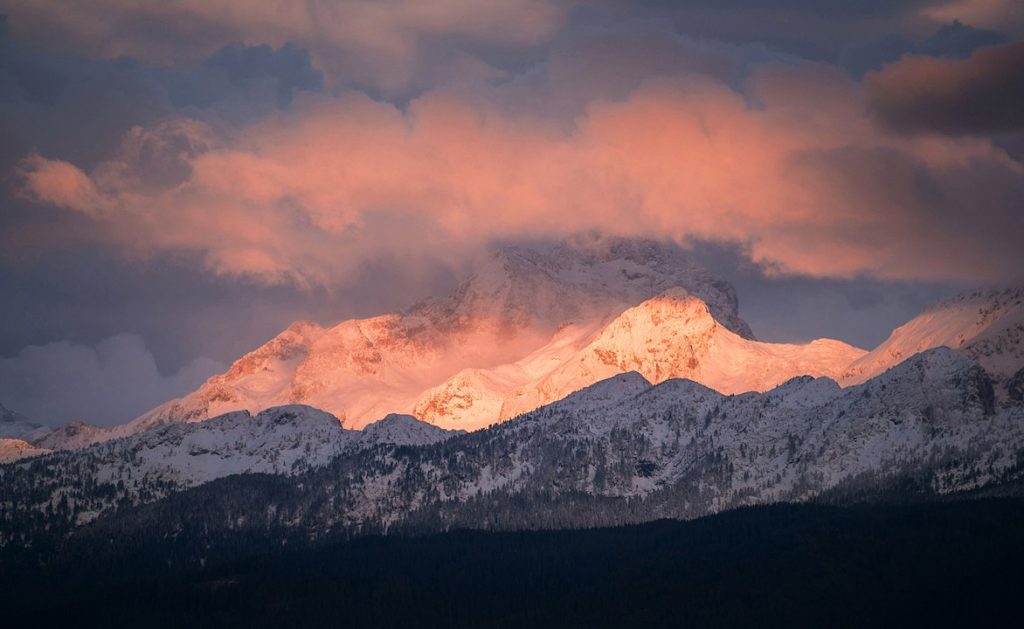
Offering a bounty of sweeping views of the Julian Alps and Italy on one side and the Karavanke and Austria on the other, standing on its summit is a truly breath-taking experience.
Mount Arbel, Israel
Mount Arbel’s silhouette is one of the most unmistakable landmarks in the southern Galilee region. Its flat summit of 181m and drastically sloping edge is the result of a violent earthquake that shattered it into the two separate mountains visible today.
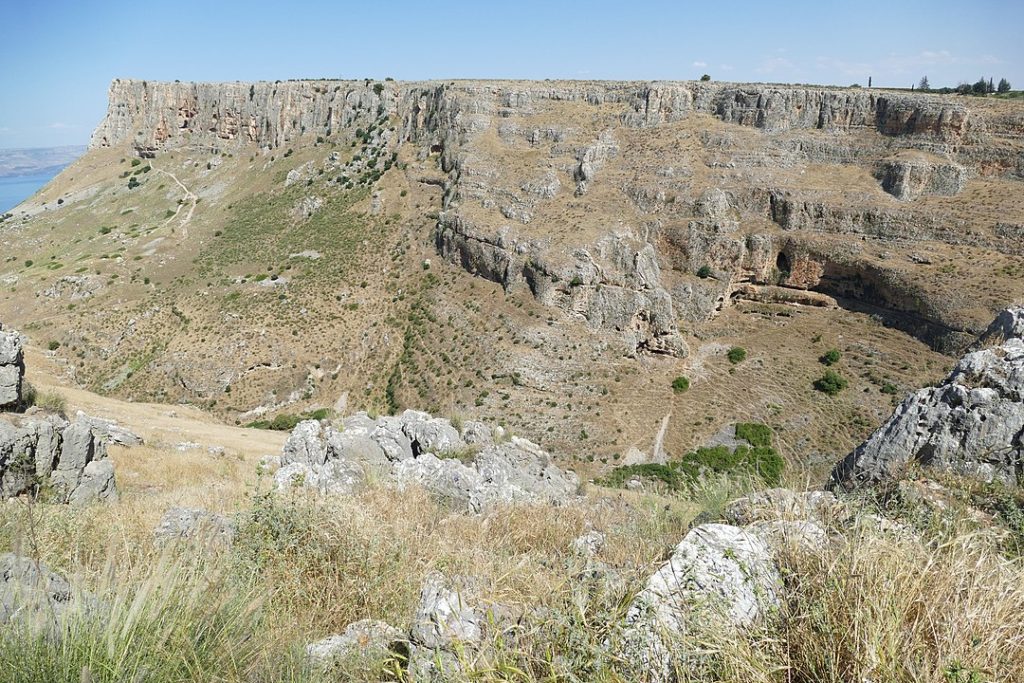
A lookout at its peak proffers views over the Galilee region towards the Golan Heights, and its trails promise a stroll through Israeli history – the scanty ruins of an ancient Jewish settlement (including what little is left of a 4th-century synagogue) is dug into the cliff.
More information
For more information, check out our comprehensive guides:
